|
Taking off in an Antonov 74 from Bangui International Airport to fly to Bria is not for the faint hearted. The Antonov, originally designed by the Russians to fly cargo and personnel to the Artic, is a STOL aircraft (Short Take Off and Landing) and when at the end of the runway prior to take off, it steadily increases the power in its two huge turbofan engines until the noise reverberates around the inside of the plane and the whole aircraft vibrates as if it wants to be unleased, which when it finally is....the plane hurtles down the runway with a roar and in seconds is soaring up into the African sky. Conversely the landing in Bria on a dirt airstrip is equally ‘interesting' as initially the plane does a low flyover to warn the locals to get off the airstrip! The plane then comes in, at what seems an alarming speed before slamming onto the ground followed by the roar of the thrust reversers and then a quick taxi up to the security area.
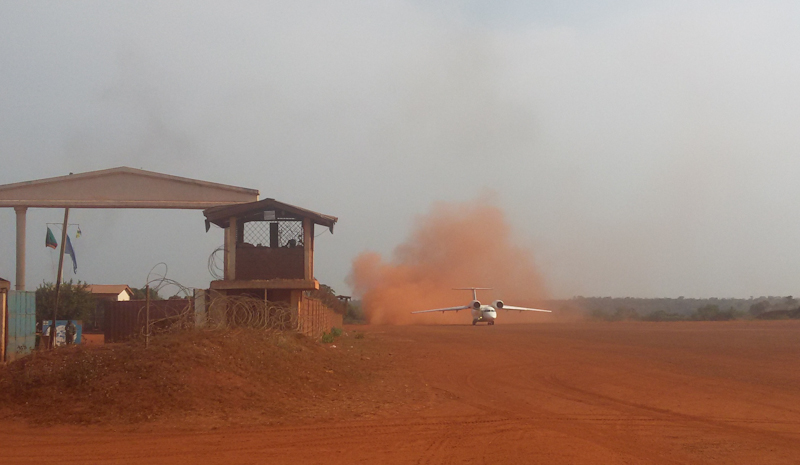
Antonov taking off
|
Having spent an interesting four months in the capital Bangui, I left in May to take up a position as the Regional Security Officer, based in Bria which is the largest town in Haute Kotto Province. Bria used to be a town of approx. 35,000 people, with most ethnic groups living and getting on well together. Like a lot of towns in CAR, Bria has seen more than its fair share of violence and the town which only a year and a half ago, was a symbol of the peaceful coexistence between religious and ethnic groups is now very much divided. It is a very complex mix of alliances, based more on ethnicity rather than religion and of course access to resources such as diamond mines. The main groups are the Rounga and Sara (mainly Muslim, often of Arab descent) the Goula (mainly Muslim) the Banda (mainly Christian) and the semi nomadic cattle herders the Peuhl and Fulani (mainly Muslim).
The town, which has a population of around 47,000 people, is currently controlled by different armed groups divided in part along religious and ethnic lines. Violence erupted late in 2016 when Christian militias attacked the Muslims from the Peuhl ethnic group. They retaliated and caused the first wave of IDP's and whole neighborhoods have been emptied of their inhabitants. Deserted houses bear traces of the fighting: bullet holes, walls blackened by fire, roofs destroyed. Around 41,000 people-over 85 percent of Bria's population have fled their homes due to fighting. Most have sought refuge in the nearby PK3 displacement site (In CAR distances are marked from the town center, therefore PK3 is Pointe Kilometre trois i.e. 3 kms from the town center). This camp was set up to accommodate 3,000 people after the conflict that broke out in November 2016. It now hosts 38,000, and the population grows daily. These IDP's must make do with makeshift shelters built from poles and bits of plastic sheeting salvaged from looted homes. The small forest surrounding the site disappeared in just a few days as later arrivals chopped it down for building material.
These people build their own straw huts and with the help of UNHCR and other aid agencies are relatively well looked after. Although with dark irony, the camp's residents have nicknamed the PK3 IDP camp "The Ledger" after the biggest and most expensive hotel in Bangui, CAR's capital city!!. The main thoroughfare of the camp hosts a thriving market consisting of over a hundred small stalls selling everything from motorbike parts to phone credit to household goods. There is even a small stall that broadcasts soccer matches on a loudspeaker in the evening, after having charged it's batteries during the day with a solar powered battery charger.
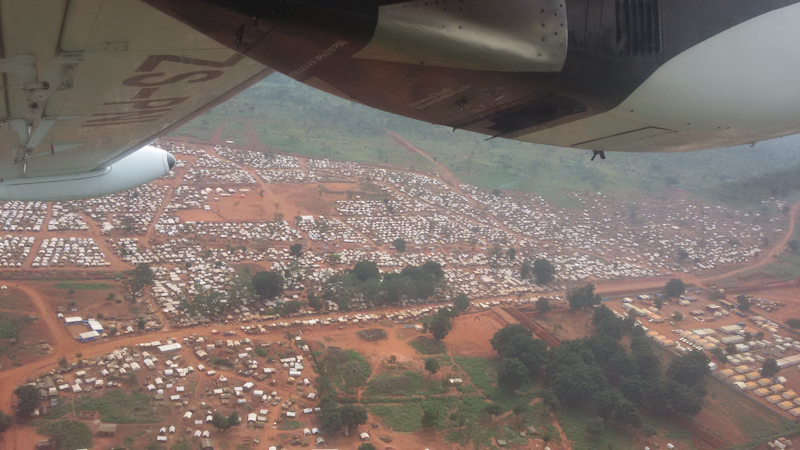
IDP Camp and UN HQ Bria
|
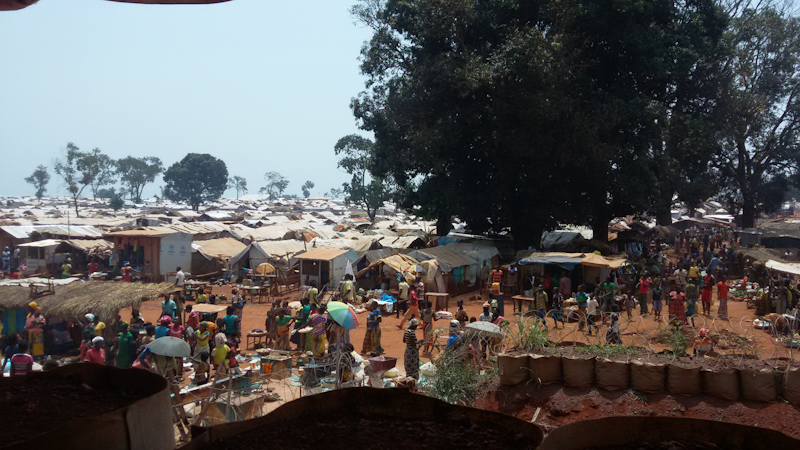
The IDP Camp
|
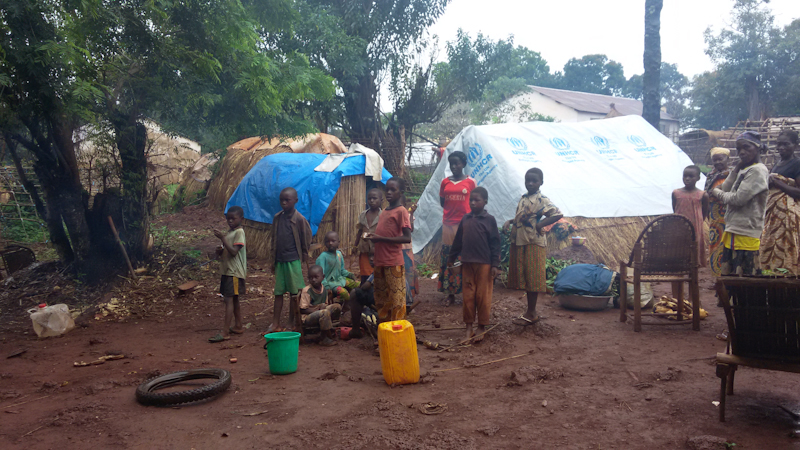
IDP Camp in Zemio
|
There are at least 3 ramshackle bars and in a strange way the community is thriving. Unfortunately the main armed group associated with the Banda in the IDP Camp, is known as the anti Balaka, a name which implies that the members of this group have magic that can stop bullets (anti bal which is the French for bullet and ak which is the short for an AK47 assault rifle, the ubiquitous weapon of Africa) They all wear Gris Gris which are charms tied around their arms and head which are part of this supposed protection against bullets. They fervently believe in the power they receive from these charms and display a great lack of concern for their own safety when engaging in combat.
This armed group often tries to terrorise the IDP's into giving them money to buy arms and ammunition. They arbitrarily kidnap people and bring them to a base in the forest where they are often tortured and killed. Cleaning the sprawling IDP camp of these individuals is an ongoing high priority for the military force here. But it is not just the IDP's that find themselves the target of these anti Balaka, they have a particular hatred for the Rounga and Sara whom they describe as either Arabs or Chadians and claim they want to free Bria from all ‘foreigners' even though these ethnic groups may be in Bria for 3 or 4 generations. Some of the fiercest fighting I have witnessed in Bria has been between the anti Balaka and these mainly Muslim groups which are often collectively called the Seleka. This was the name of the Muslim armed group that had an uprising in 2012, over claims that they were being ignored, and actually seized the capital Bangui in 2013. This prompted, initially French intervention, followed by UN intervention and in 2014 a peace accord was signed where the Seleka and their enemies, the anti Balaka both agreed to disarm. The disarmament was never really carried out and although the Selaka officially disbanded, their successors are still a potent military force.
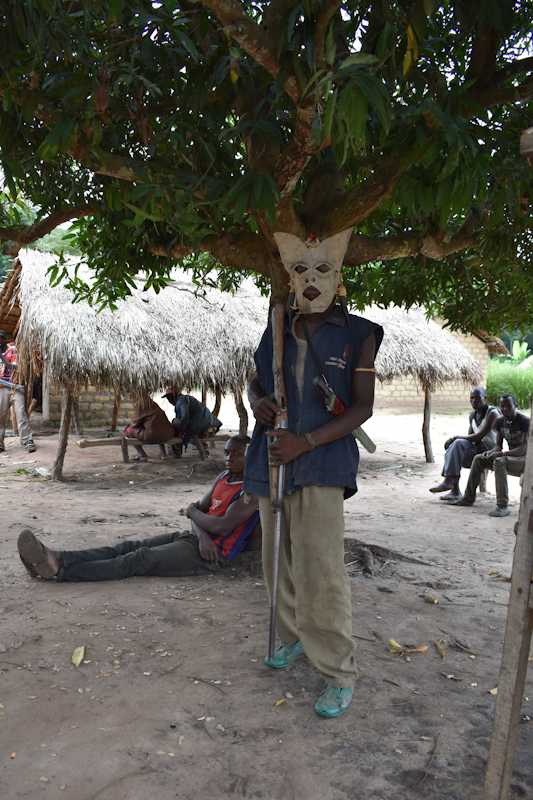
anti Balaka
|
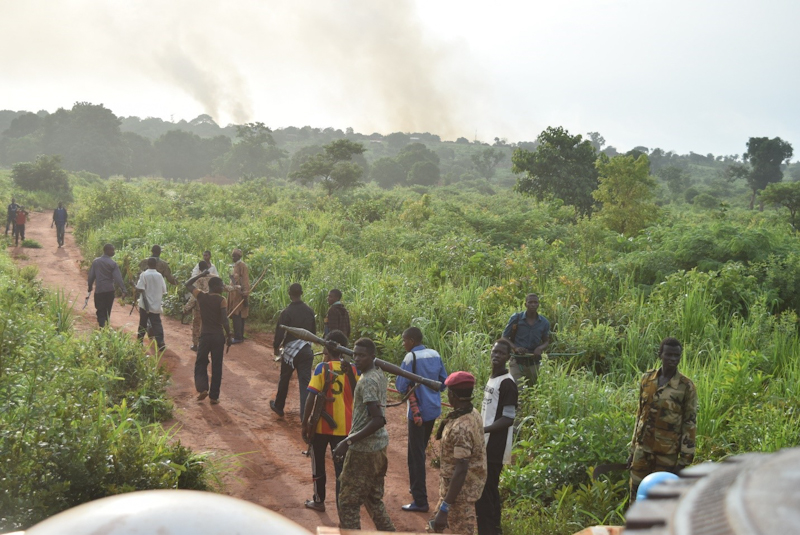
ex Seleka
|
Life here is busy and every day is a working day so that you eventually forget what day it is. The only change is Sunday, where I allow myself a lie in until 0900hrs (normally its 0700hrs) and then it's back to work. One of my tasks is to oversee the loading and unloading of weapons onto and off the MINUSCA aircraft that use the airstrip. We use a combination of cargo helicopters, helicopter gunships, twin propeller LETTs and of course the Antonov's mentioned earlier. It would not be unusual to have one plane taxing towards the runway while another has just landed and while a third is being unloaded. This is all coordinated with hand held Motorolla radios, which is an impressive feat by our Air Operations guys. So working in and around moving planes and helicopters is not for the faint hearted but it does make for an interesting ‘day at the office'
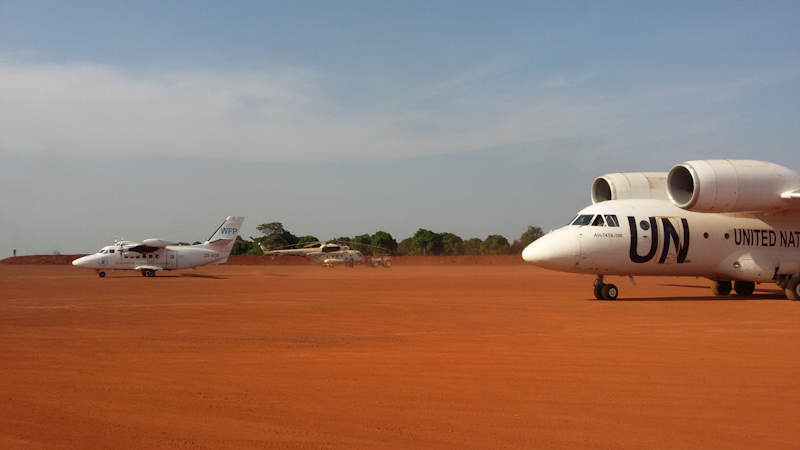
Bria Airport
|
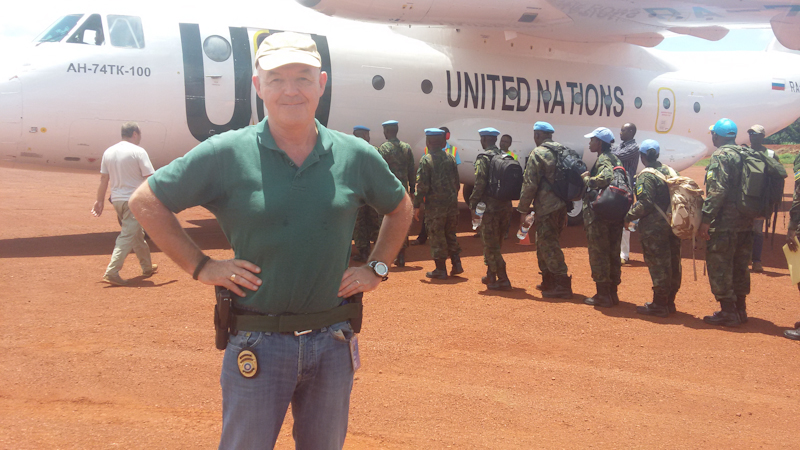
Troop rotation
|
A trip to the airport from the HQ can take anything from 20 minutes to 40 minutes depending on the difficulty in driving through the IDP Camp and of course the state of the roads, in the wet season the only road into and through the town is often nearly impassable due to floods, while in the dry season, the huge craters left from the wet season make driving very slow and cumbersome.
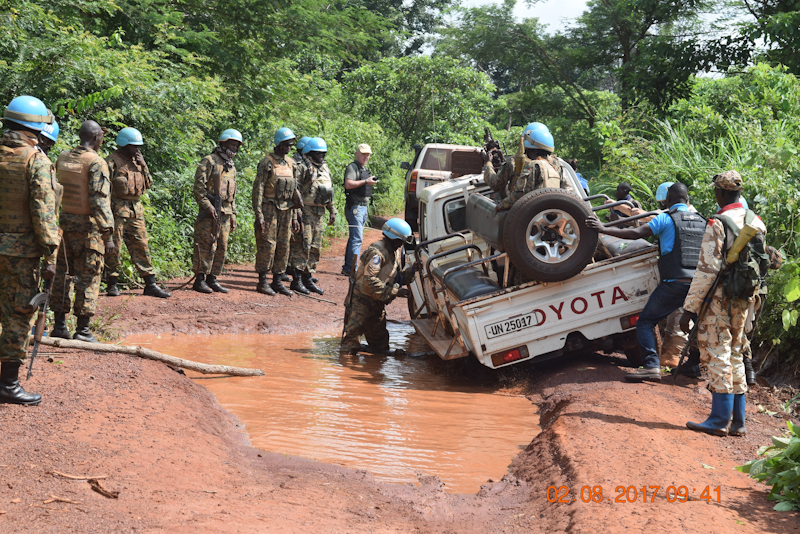
Zambatt Patrol in the mud
|
One of the difficulties of working in the Central African Republic (CAR) is the language. CAR is a Francophone country and everybody speaks French or the main dialect Zhongo. In Bria they also speak Banda, so not alone have I brush up fairly rapidly on my Leaving Cert French, but I am also trying to learn Zhongho. This is further complicated by my efforts to teach the Security guys Irish!! So a normal encounter in the morning when I am checking the positions and security situation would be as follows:
Me. Wanda which means Hello in Banda
Me. Tong gah nay eh which means How are you in Zhongho
Them. Ta me go Maith
Me. Tout c'est calme?? which means Is everything OK in French
Them. N'joh nee which means Yes in Zhongho
Me. Mbigwah way which means Goodbye in Zhongho
Me. Moh guna nai gah which means Goodbye in Banda
Them. Slan Leat
You can imagine the reaction of some of my international colleagues to this interaction, but it's amazing when you try and learn someone's language, how it changes their perception of you.
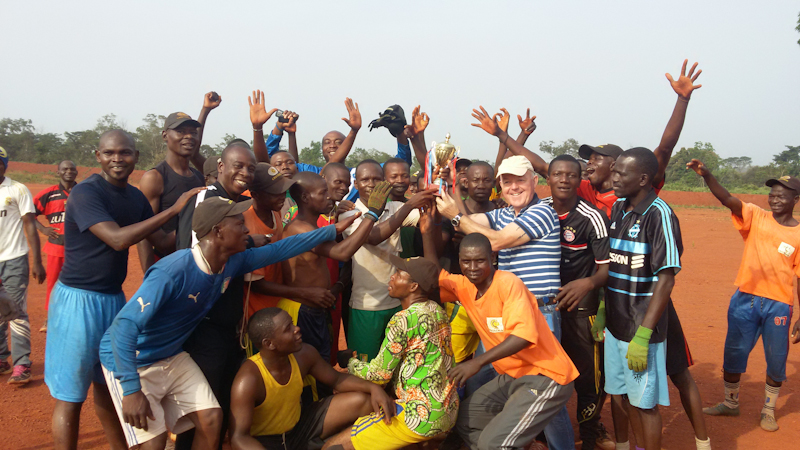
Presenting the cup to the winning team in the Local Security Guards soccer competition.
|
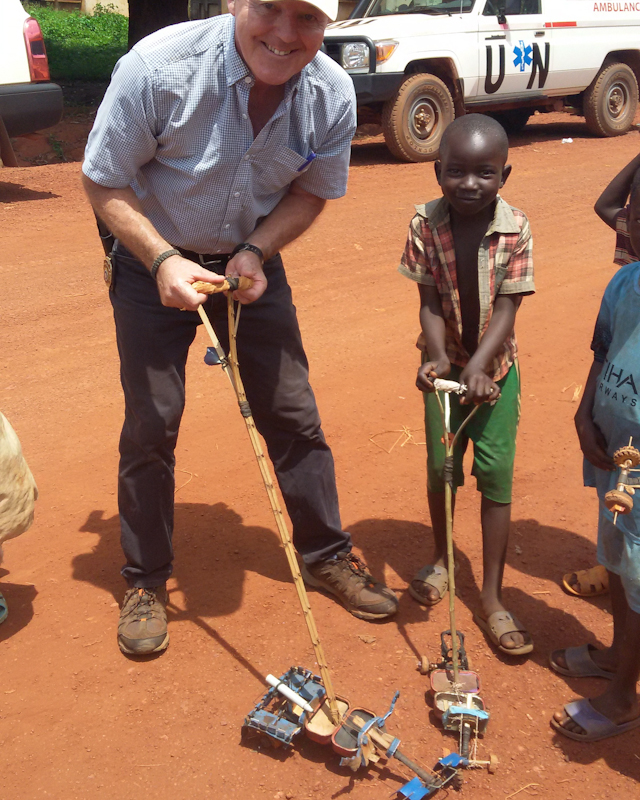
Kids with homemade cars
|
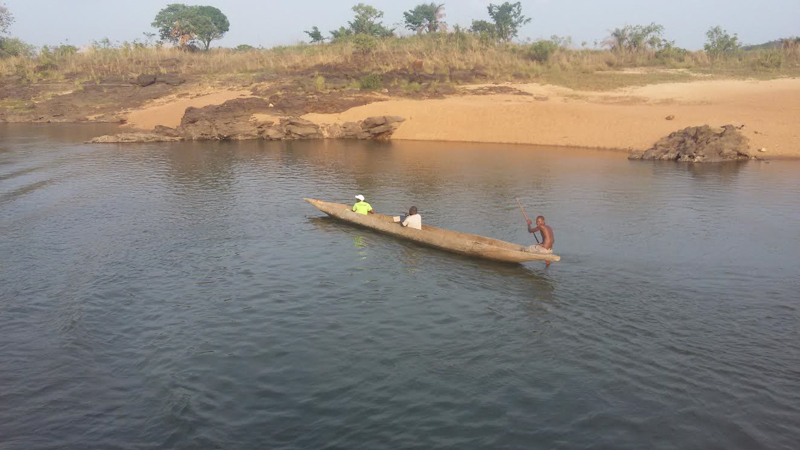
Locals
|
Christmas in Bria looks like it will be just another day in deepest darkest Africa, planes will still land, aid will still have to distributed and patrols and escorts will still have to be carried out. It is somewhat strange, having spent many Christmas nights away from home and family while serving in the Irish Defence Forces to be once again away from my family, but this time as a civilian, yet in all cases it is possible to see people who are so much worse off than me and at least I can eventually leave these war torn regions, the people here have no such option. I suppose that this is really what Christmas should be about, helping those who cannot help themselves and that in itself is some consolation to being away from friends and family at this time of the year. Most of the staff will depart on leave this week, so the numbers in the camp here will be much lower, although I'm sure we will find sufficient people to celebrate Christmas in some way.
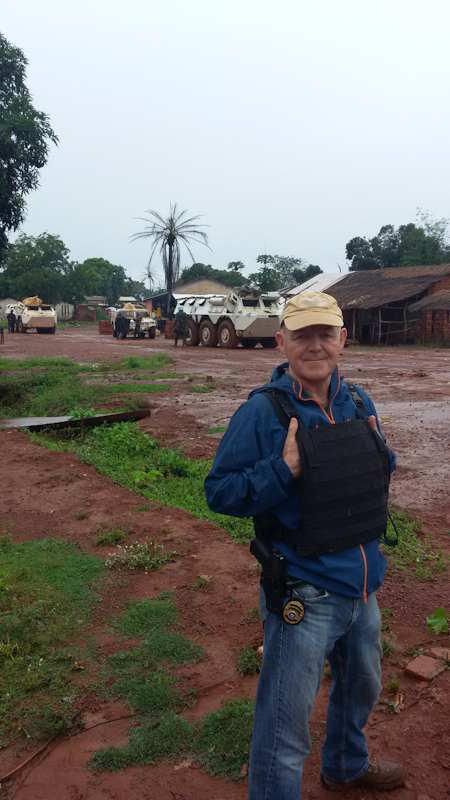
Soft day Thank God.
|
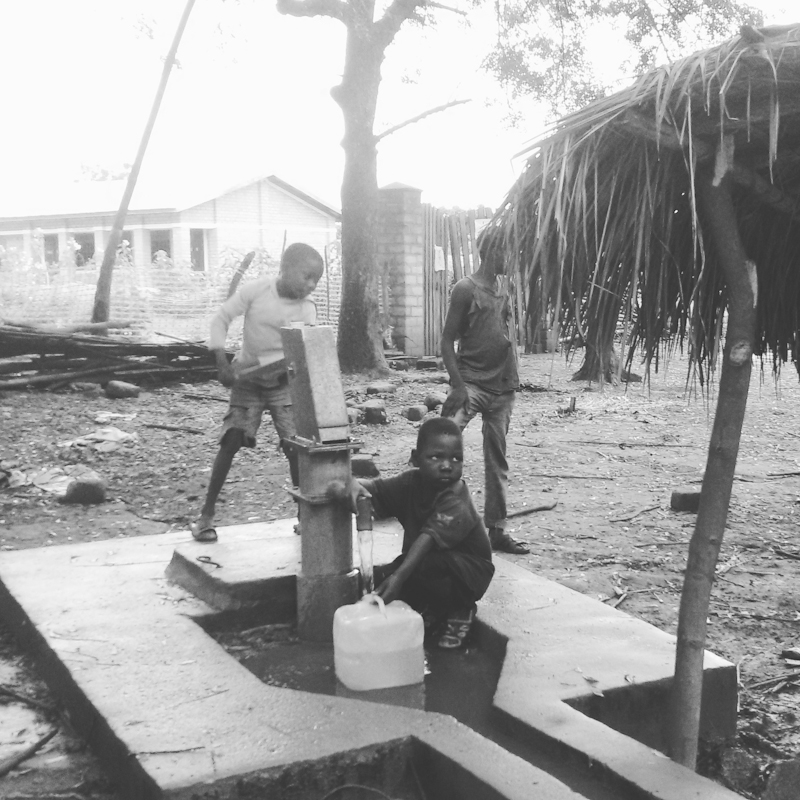
Kids in Zemio
|
I would like to take this opportunity to wish you all a very Happy Christmas and a peaceful New Year particularly those Castlebar people, serving and working in far flung places around the globe. Keep safe and enjoy what you can of the festive season.
Finally I would like to remember those who have passed away, especially my parents Paraic and Bernie who would always be intrigued to see what weird and wonderful place their son would end up in for Christmas.
|